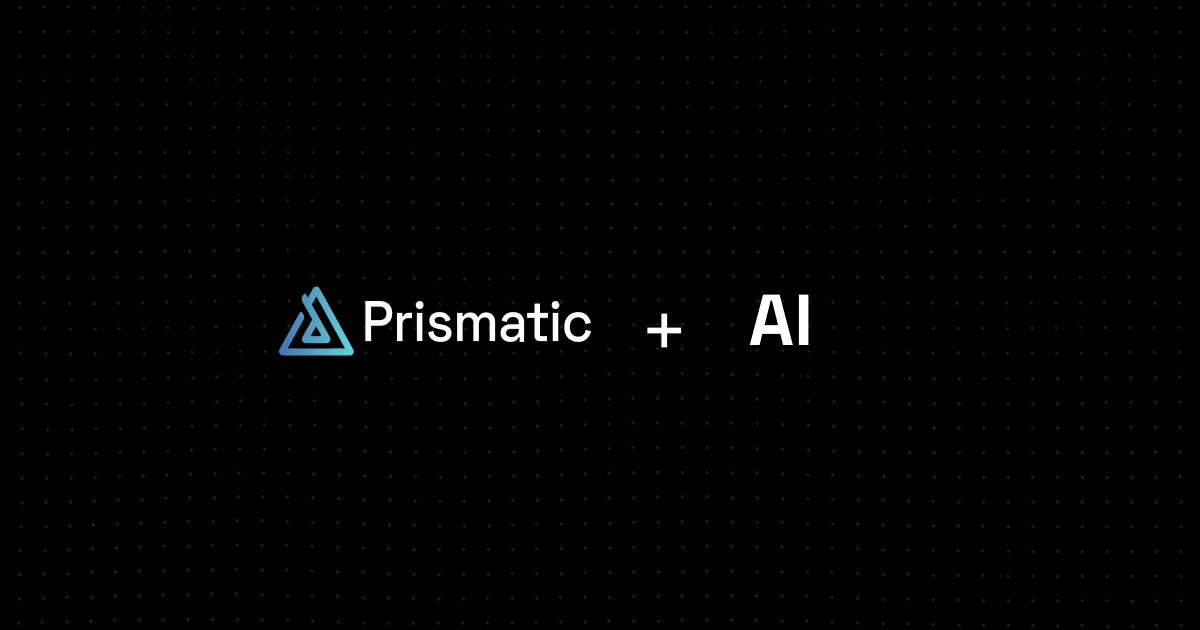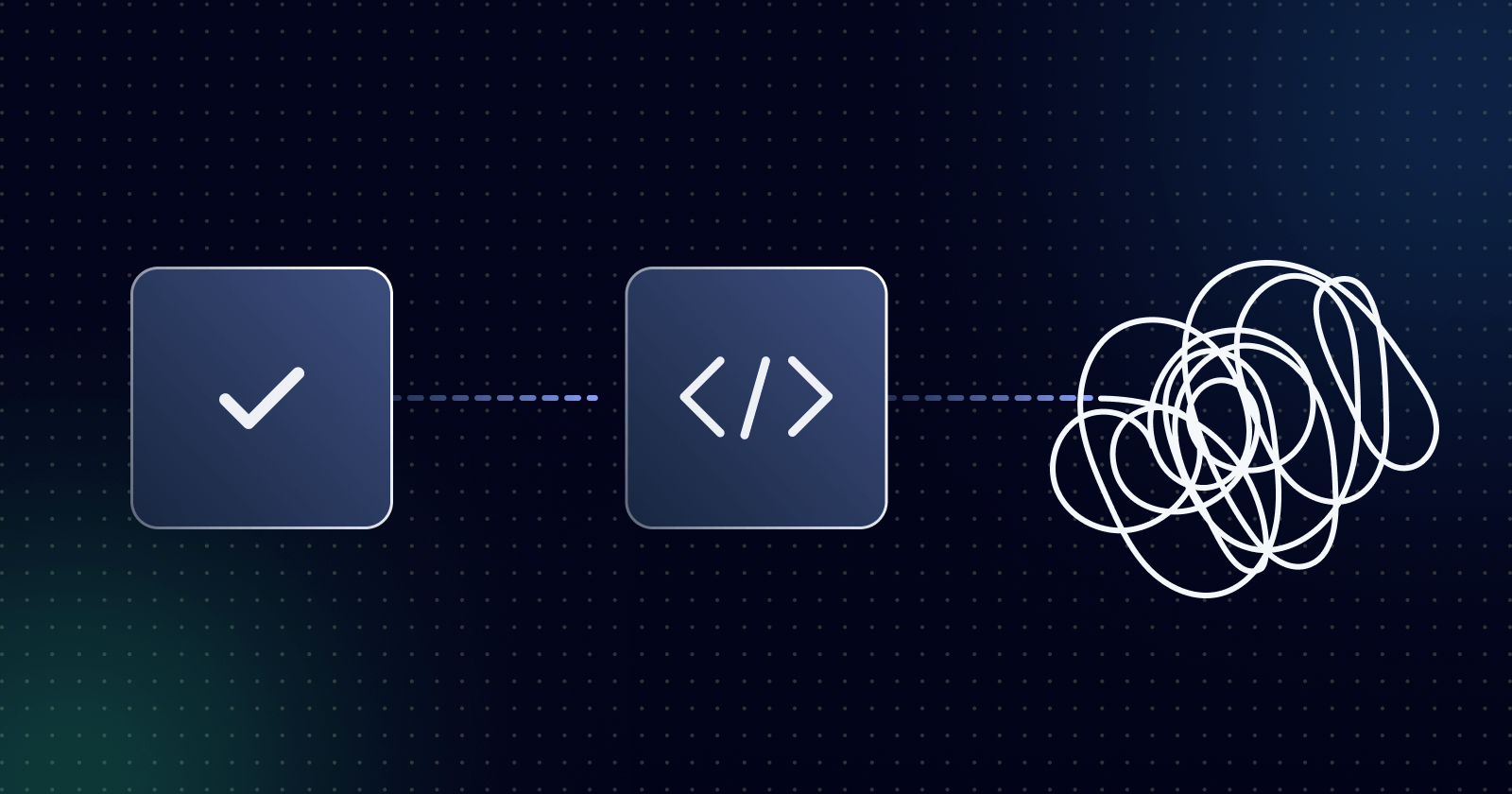Once again, your devs are spending a sprint trying to solve an issue with a third-party API for one of your integrations. And it's put you further behind on your roadmap. To say that you are frustrated is an understatement.
We get it. Integrations are critical for winning deals and retaining customers, and your competitors are already delivering them faster. At the same time, in-house integration development, deployment, and management are taking up far too much of your engineering and support time, putting you at risk of losing customers and market share.
Why? Because building integrations in-house requires that you, as a product manager, create a second product line focused on integration infrastructure. Building and maintaining that infrastructure messes with your roadmap and distracts developers from the essential work they need to do to ensure your product remains competitive.
What if you could offload the twin burdens of integration infrastructure and maintenance and incorporate first-class integrations with your product – without the back-end nightmares?
An embedded iPaaS is the ideal platform to make that happen. But first, let's dig into infrastructure and maintenance a bit more.
In-house integration burdens
For product managers, deciding to build integrations in-house often seems like a reasonable approach to solve an immediate need. Devs are available and integrations are just code, right? But this integration approach interferes with your product development and causes you to take on hidden responsibilities.
Unrealistic roadmap
Once your devs have built the first in-house integration, you've started to accrue integration debt. Integrations are never one-and-done; they constantly lead to new things to maintain. APIs continually change, auth methods are phased out, and security vulnerabilities require constant vigilance.
As a result, your devs keep getting pulled away from real product development (as noted in the introduction) to focus on urgent integration matters. Instead of building the next critical product feature on your roadmap, they are in firefighting mode as they dig through a failed data sync or try to figure out why a reportedly backwards-compatible API change isn't.
Adding even more pressure, that initial integration quickly snowballs into a dozen integration variations as other customers let you know what they need. So, your devs push ahead and build custom code for each customer, adding to technical debt and derailing your roadmap.
Unexpected infrastructure
In-house integrations require more than the code to move data from App A to App B. They need the whole infrastructure behind it, and you've been selected as the product manager to make it happen. When you build integrations in-house, you are responsible for everything – from the servers and databases they run on to network security and uptime.
This responsibility quickly becomes painful since in-house integrations are typically built to solve an immediate situation: "Customer N needs this data from here to go there, oh, and concatenate these three fields...." Because of this focus, everyone is reacting instead of considering next steps. This lack of planning shows when the infrastructure that your devs created for a dozen customers to sync a couple hundred records a day collapses under a load that's 10 or 100 times that high.
To top things off, troubleshooting is a nightmare without robust logging and monitoring tools (seldom included with in-house integrations because they take too much dev effort). When an integration fails, nobody knows why because the integration is a black box. That means you've got to get your senior devs, the most expensive, most in-demand resource you have, to start working through the server logs to see what failed.
Unsustainable support
Integration support is challenging in the best of circumstances because of dependencies on third-party systems over which you have zero control. So, when an integration chokes, everyone points to someone else; your devs say it can't be the code, your customer is positive that nothing changed with the config, and the third-party API support team says it's not their rock-solid system.
Your support team should be handling these requests, but it can't since there's no UI. They have no visibility into the general health of an integration, its run history, or any other data points that could help. So, every integration support ticket goes directly to engineering, where it fights for resources with all the other things your devs are attempting to build and support.
In addition, ensuring security and compliance for in-house integrations is a substantial and never-ending burden. It's a full-time project to check the boxes for standards like SOC 2, GDPR, and HIPAA for your integration infrastructure, requiring dedicated resources with unique skillsets.
Use embedded iPaaS to lift those burdens
Prismatic is a purpose-built embedded iPaaS (integration platform) designed to take on the burden of integration infrastructure, maintenance, and support – giving you a scalable model to keep up with customer demands and position you ahead of your competition.
Get your roadmap back where it needs to be
We provide a secure, scalable infrastructure right out of the box. Your devs don't need to handle integration servers or databases. They can focus on the business logic, not the plumbing. Instead of struggling with auth or how a specific API handles pagination, your devs can use our low-code integration designer or our code native integration approach with pre-built connectors and other components to define the business logic that drives your integrations.
Teams using an embedded iPaaS can significantly accelerate time to market for integrations, often building new integrations in days or weeks, not months. You can be more responsive to customers and prospects, close integration deals faster, and increase retention.
We probably save 95% of [engineering] time. We've deployed far more integrations than we would have without Prismatic.

Integrations can become features in your roadmap, enabling you to expand integration offerings, support more partnerships, and open new markets – without additional overhead.
Make maintenance a managed service
With Prismatic, your support team can use built-in monitoring and alerting tools to get out in front of integration issues, often before your customers know there's a problem. Alerts can notify you of failed auth or an unavailable API, setting you up to provide answers to the customer when they call.
In addition, Prismatic tracks third-party API changes for pre-built connectors, applies security patches, and manages everything else to keep the infrastructure running. You and your team now have an entire category of maintenance you don't need to worry about. Instead, you can use the platform to build, deploy, and manage the integrations your customers need.
By using Prismatic, we've been able to see a roughly 50% increase in new customer acquisition simply by that factor of reducing time on our maintenance. It's allowed us to become more scalable while also keeping our costs down for our customers because the maintenance factor is so much lower.

Your devs can focus on writing code for your core product and its integrations instead of reinventing the integration platform.
Provide a first-class UX for your customers
Prismatic includes an in-app integration marketplace, providing your customers with a single place to discover, activate, and configure integrations themselves. This allows you to transform what was previously a dev-dependent process into a self-serve UX for your customers.
Your customers can also set up monitoring and alerts so they're regularly updated with integration status. Add the integration logging, and customers can perform first-level troubleshooting and resolve many issues without involving support.
You can also take advantage of the work we've already done for SOC 2, GDPR, HIPAA, and other regulatory and compliance frameworks. This dramatically shortens the path you'll need to take to achieve compliance and reassure your customers that their data is secure.
Start delivering integration value for everyone
Don't stay trapped in the never-ending cycle of infrastructure and maintenance for in-house integrations. Offload that massive project with our embedded iPaaS, freeing you and your team to focus on building a great product with great integrations.
Schedule a demo to see how Prismatic helps accelerate your roadmap, reduce tech debt, and focus on a first-class integration UX for your customers.




